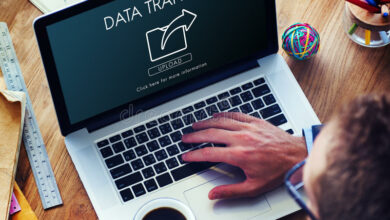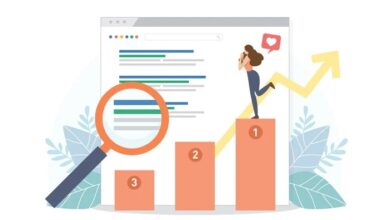Digital Health: 5 Healthcare Innovations in 2022
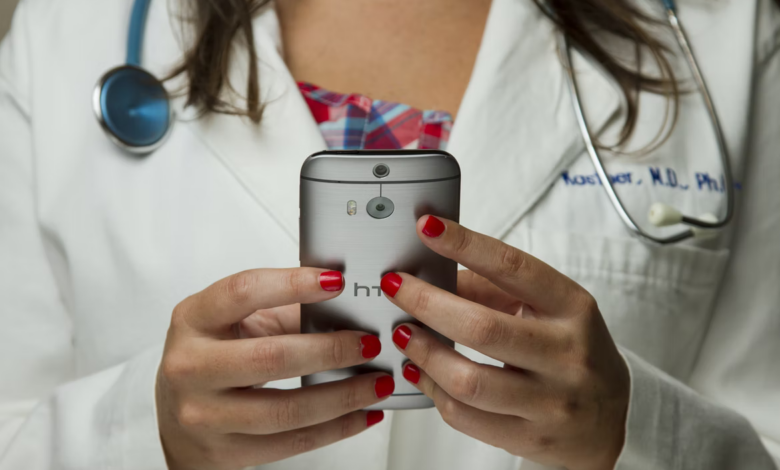
The 21st century, with the support of the 20th century’s inventions, commemorates the update of the healthcare industry with the ramp-up usage of innovative health products. The Internet and medical software development have given our world the ability to deliver and receive healthcare services remotely. What we perceived as future medical technology has become our present. Especially when COVID-19 came to our houses.
Unfortunately, we can’t yet undergo the MRI sessions or CT scanning at home. However, we have the whole greatness of the internet and healthcare platforms that help us get consultations with doctors while chilling out on the couch. Until sophisticated analysis isn’t available at a distance in the near future, we can talk about healthcare innovations that we use now.
But first, let’s shed some light on basic aspects of digital health and then go straight to healthcare technology trends 2022.
What is digital health?
Digital health – using simple terms and definitions – is the way of maintaining one’s health using technology in healthcare. For example, platforms for keeping electronic medical records (EHR or EMR), video conferencing, chatting, exchanging files, prescribing drugs (eRx software), and controlling many other procedures.
Besides, in 2022, digital health implies the usage of such technologies as artificial intelligence (AI) and machine learning (ML) for researching and analyzing healthcare issues and diseases and implementing new methods of diagnostics.
It can give the impression that digital health is mostly for medical practitioners, scientists, and clinics. However, the patient side is also crucial here. Medical software developers carefully keep track of the useful functionality for patients. For example, it’s necessary for them to access their test results, medical images, medical history, referrals for tests, or even medical prescriptions.
Another aspect that is important in digital health is patient data security. There are a lot of regulations in different countries that require medical software to meet specific security requirements in the context of storing and using patient-sensitive information. This list includes HIPAA in the USA, GDPR in the EU, PIPEDA in Canada, and so on. Without following the rules outlined in these regulations, medical software won’t receive certification and the right to operate in the corresponding country.
As you’ve caught up on some basic things, let’s dive deeper into healthcare digital trends that we take advantage of every day, specifically remote health monitoring and telehealth.
Remote health monitoring and telehealth: what’s the difference?
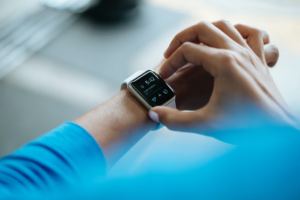
Remote health monitoring and telehealth actually work for the same goal. To be more precise, remote health monitoring can be used to improve general patient monitoring and patient care in telehealth. Well, let’s be more consistent if we happen to confuse you at this stage.
Remote health monitoring is the process of keeping track of a patient’s conditions with the use of IoT devices. Such devices help practitioners obtain crucial data about a patient’s health. For example, they can use ECG monitors, heart rate monitors, and other IoT-based devices that will send data through Bluetooth to their personal gadgets and then to the EHR system that the clinic exploits. Thus, a practitioner gets fresh data on a patient’s vital signs on a constant basis.
In its turn, telehealth is a broader term that implies establishing a connection between a patient and a doctor without visiting medical facilities. In other words, telehealth helps patients and doctors communicate with the help of different digital technologies like video calls and chats. After getting their patients’ vital signs, doctors can make more informed decisions regarding their treatment during consultations through telehealth functionality.
Whereas telehealth and remote healthcare are not new in the industry, there are innovations in recent years that will make them more popular and be used more often in the near future. Let’s shift our attention to those.
Artificial intelligence and machine learning in healthcare
AI and ML aren’t new things in our lives. We have seen them used in various platforms from industry to industry. However, in the healthcare industry, they can give specific value. Using machine learning algorithms that can process various types of information numerous times faster than a person can significantly facilitate the work of medical practitioners.
The easiest example of applying artificial intelligence in real life is when people use their health tracking devices or applications to get data on their health or body condition and get useful advice. For example, when a health tracking program gets unusually high figures on your heart rate from smartwatches or other IoT devices, AI can process the incoming figures and can alert both a patient and a doctor.
AI is also used during drug prescriptions. Taking into account the data that the doctor entered into the EHR about the patient, the algorithm can propose a type of drug and its dosage in a matter of seconds. In addition, it can even check the drug stores where a patient can purchase their medicine.
It seems to be a small detail, but it significantly saves a doctor’s work time and alerts patients about dangerous situations. Let’s move on to medicine device ideas.
Smart implants
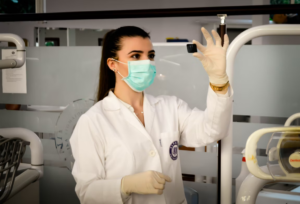
You are well-familiar with artificial intelligence, but there’s a great chance that such medicine inventions as smart implants are a faraway field for you. Smart implants, in comparison to ordinary ones, have sensors inside them and can analyze the process of treatment of a patient.
Assume a patient has undergone orthopedic surgery and has the smart implant placed in their bodies. Its advantage is in the sensors that will transmit real-time data beginning with:
- a patient’s process of recovery after surgery
- how well the implant does its job
- whether it’s needed to conduct additional treatment procedures
Smart implants can give doctors a lot of information about the patient from the inside of their bodies. If there are any issues, smart implants will notify a doctor instantly, and they can start additional treatment before the situation gets worse.
At-home testing kits
At-home testing kits, at-home medical tests, or simply self-tests have been known for many years, but have risen in popularity now, during the COVID-19 pandemic. Now you can find such testing kits even in local stores.
However, even before the pandemic, at-home testing kits helped people with numerous diseases evaluate their real-time health conditions. For example, there are glucose tests for diabetics, fecal occult blood tests for identifying colorectal cancer in its early stages, pregnancy tests, and even at-home DNA tests.
Such testing kits have helped people escape the necessity of calling an ambulance or visiting a laboratory for a daily glucose check. Also, they don’t put people at risk in clinics and laboratories in case of undergoing COVID-19 symptoms – they can just take instant tests (a few to be sure) to be aware of their conditions.
Digital health insurance

Digital health insurance is one of the healthcare ideas patients are grateful for. In comparison to traditional insurance, digital insurance has an easier onboarding process via an application or website. Thus, people don’t have to wait a long time in queues and go through time-consuming paperwork. Also, digital health insurance enables telehealth services for their customers and support teams for patients facing issues while using the application or website.
Conclusion
Recent years have been full of valuable healthcare discoveries, inventions, and innovations to the long-established ways of treating patients. Many medical practitioners and patients have benefited from modern digital technologies because they improve efficiency, minimize paperwork, and enable sophisticated monitoring and communication with patients who are unable to visit hospitals as freely as others.
It’s interesting to see what future medical technology will bring us and what improvements to the concept of providing healthcare services at a distance we will see. However, we can surely wait for proficient analysis models and new ways of getting treatment.

